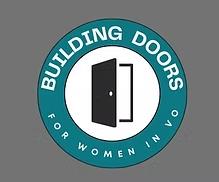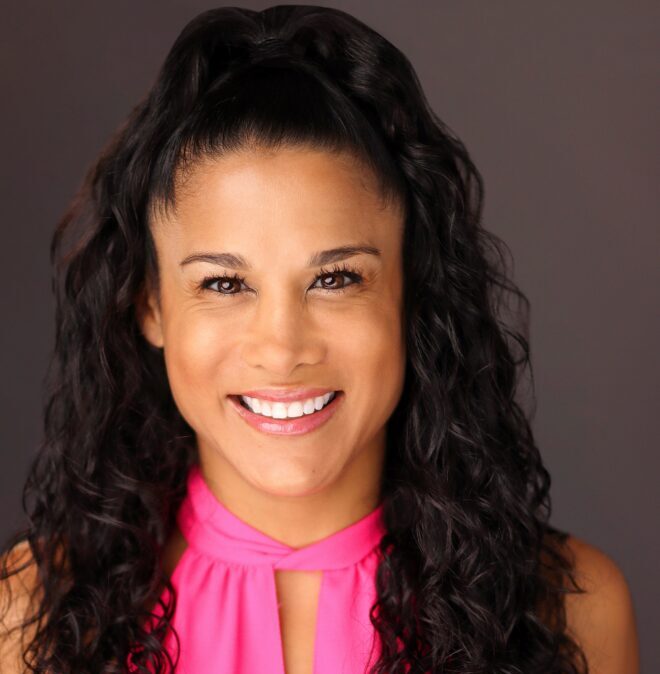 We all know how harrowing it can feel to make that first contact with a potential client. It feels like the success of our business is dependent upon that initial contact, especially if that potential client is someone that we really want to work with. In reality, the initial contact is just the first step in creating a relationship with voice-over clients and agencies. Oftentimes, the potential client doesn’t answer when we call or doesn’t open our first email to them. Why is that? They receive a lot of first contacts from voice-over actors. They’re busy trying to keep their own current clients happy and they’re not just waiting around for you to email or call them. Hard to believe, right? In the advertising and marketing world, it is said that a prospect needs to see your campaign SEVEN times before they make a purchase.
We all know how harrowing it can feel to make that first contact with a potential client. It feels like the success of our business is dependent upon that initial contact, especially if that potential client is someone that we really want to work with. In reality, the initial contact is just the first step in creating a relationship with voice-over clients and agencies. Oftentimes, the potential client doesn’t answer when we call or doesn’t open our first email to them. Why is that? They receive a lot of first contacts from voice-over actors. They’re busy trying to keep their own current clients happy and they’re not just waiting around for you to email or call them. Hard to believe, right? In the advertising and marketing world, it is said that a prospect needs to see your campaign SEVEN times before they make a purchase.
It’s very normal if your prospect/potential client doesn’t get back to you right away.
That’s why a good follow up strategy is so very important. Here’s how to follow up with voice-over clients and agencies:
- Tell them when you will contact them again. In your initial contact, let them know when you will follow up with them. Don’t ever leave the conversation/email/voicemail open ended. Always have the next steps planned out before you make the call or send the email. I like to give the prospect a follow-up time frame of one week after my initial contact, and then every 2-4 weeks after that. That way, everyone knows what to expect.
- Write down everything! Whatever the time frame that you give the prospect, write it down in your calendar (whether it is electronic or paper). Make notes of when you told them you’d reach out to them again and then reach out again at that time.
- Do exactly what you’ve said that you’ll do. By following up with a client, you’re giving them the perspective of what it’s like to work with you and that’s very important. If you tell them you will contact them in a week, do you do it? If not, what does that say about your professionalism?
- Be creative in your follow up. We work in a creative business – use it to your advantage! Send them a personalized recording of your voice with some music in the background. Wish them a “Happy Chocolate Cake Day” or whatever random day the calendar says it is. Look on their website/social media feeds to find out what is important to them and incorporate it into your follow up. Compliment them on their recent projects and explain that this is the reason why you are so eager to work with them!
- Follow their instructions. Let’s say you actually do speak to a potential voice-over clients – yay! During the conversation, you offer yourself as a resource for their voice-over needs for any clients they may have, or any new clients they may get. They tell you to send them your demos. Make sure to ask them when they would like you to follow up with them. It’s important to honor their request. No one likes a pest. Then again, if they don’t hear from you at all, how do they know you still are working as a voice-over actor? I like to follow up quarterly with those whom I have sent demos to.
Once you see that the contact and subsequent follow-up schedule is a process in building a relationship with the potential client, you can take some pressure off of that first contact. Many voice-over actors stop following up after the initial contact when they don’t hear back, yet that’s the worst thing you can do. Follow up! Keep following up with voice-over clients and agencies until you get a hard “no.” Remember, it may take up to SEVEN times before you get a response. It takes time and organization, but following up will reap big benefits!
Check out our VO Pro Membership and the Such A Voice blog for more content like this!
There are two other ways in which you can tune into our blog!
You can access the audio version of this article on the Such A Voice Soundcloud.
We’re also on YouTube. Check out the video for this post:
About the Author
 Jillian Nielsen is an expressive voice talent with over 14 years of experience in radio and television commercial and promotional voice-overs.
Jillian Nielsen is an expressive voice talent with over 14 years of experience in radio and television commercial and promotional voice-overs.





